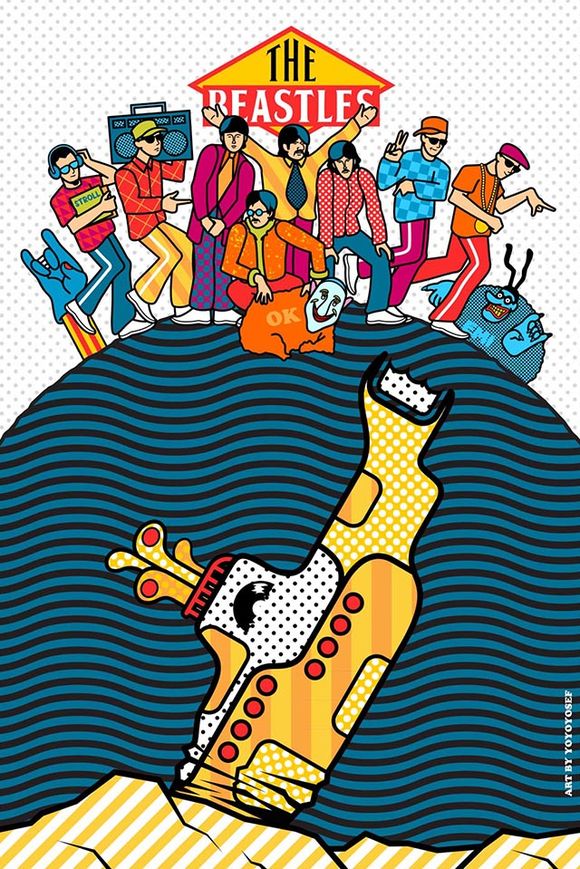Normally I enjoy the linguistics blog called LanguageLog immensely, but today a post by Victor Mair left a sour taste in my mouth. Doubly. Originally, I was going to post my complaints about his post as comments to the LanguageLog blog, but my past efforts to join the community at LanguageLog have been utterly ignored – I’m not the right sort of linguistics geek, apparently – so I decided to rant here, instead.
Firstly, Mair was posting one of his frequent examples of Chinglish/Konglish/Japanglish (which sometimes goes under the generic epithet of “Engrish” but that seems awfully Japanese-centric as a term, at least phonologically speaking). But the example he was sharing was from a sign posted in a Japanese lavatory, which said in English “Tap water may be used for drinking water.” Mair seems to think there is something wrong with this bit of English. But, at least in my dialect in of English, it’s quite common to use the preposition “for” with the same meaning as “as” – hence the sign’s text is equivalent to “Tap water may be used AS drinking water” which makes complete sense. The sign’s only linguistic crime might be stylistic – its slightly repetitive in its deployment of the noun “water.”
But what really annoyed me was when he decided, parenthetically, to devote several column inches – perhaps even a column foot or two – to the rant of an anonymous colleague against South Korea’s “Revised Romanization.” I suppose I shouldn’t complain – for my part, I’ve ranted more than once against Martin’s version of the Yale Romanization (which the cited ranter at LanguageLog prefers).
Certainly I can’t stand the old McCune-Reischauer system that existed in various incarnations prior to 1999. McCune-Reischauer was the romanization I learned when I first studied Korean (as badly as I did) in the early 1990’s, and with some modifications it is the system that North Korea still uses today.
What I found more odd was the reason (or reasons) this anonymous scholar bases his/her objection on. He/she claims the romanization of ㅓ as “eo” and ㅡ as “eu” under the revised system are linguistic “embarrassments.” Fine – I happen to agree. But when mapping a 14 vowel system to the five vowel symbols of the Latin alphabet, compromises are inevitable. To speak briefly of Martin’s romanization, in what way is “ceng” as a romanization of 정 (RR “jeong” IPA /t͡ɕʌŋ/) not an embarrassment, too?
For someone like this anonymous ranter, with supposed linguistic training, it seems remarkably naive. All romanization systems for Korean are going to involve tradeoffs, and the tradeoffs made with the revised system as adopted and promulgated by the South Korean government, as I see it, were focused on two objectives: 1) the system should be as easy as possible for non-speakers to “get close to” the expected pronunciation, or, at the least, habituate themselves to it over time; 2) the system should avoid all diacritics and special symbols (this is a major drawback of the popular McCune-Reischauer system, which has “ŏ” and “ŭ” for ㅓ and ㅡ respectively, among other frustrating diacritic and “apostrophe” rules). This latter requirement against diacritics is, in my mind, what led to the two “embarrassments” mentioned. Clearly digraphs were required, and settling on what digraphs to use for which vowels was going to involve some level of discomfort.
I seem to be the only Westerner with any background in linguistics who prefers the Revised Romanization over any of the alternatives. I would speculate that it is because of my background in computing and programming (and hence ASCII) – the rise of technology and the internet were part of the justification in 1999 for the revised system’s rejection of diacritics – they wanted a system that was transparently “ASCIIable.” In this way, I have a great deal of sympathy for the perspectives of the 1990’s committee – they wanted to move toward a romanization system that maximized their advantages vis-a-vis the inconveniently roman internet. It was of a piece with other government-directed manipulations of Korean cultural content oriented toward a remarkably forward-looking post-industrial policy.
Such a need has been utterly obviated by subsequent generations of technology, all now mostly based on the well-designed unicode system, which means that the Korean internet has begun to be mostly in unicode hangeul rather than any romanization at all. But in the 1990’s nobody could have predicted technology solving the ASCII dilemma so quickly and easily, and so, from the perspective of the committee desigining the Revised Romanization, their motivation to reject diacritics was exceptionally strong and very understandable.
Personally, quite early on I was able to overcome my discomfort with the digraphs “eo” and “eu” by reminding myself that they were no more “weird” than the very common use of the digraphs “oe” and “ue” for “ö” and “ü” in some European languages. Those examples are equally opaque, phonologically, yet widely accepted, and the underlying principle of the digraphs in both cases is almost the same – thus it could be understood that in the revised system, they’re using an “e” to mark the “missing” diacritic of McCune-Reischauer. In fact, without any inside knowledge, that’s how I suspect the committee choosing the digraphs saw it.

